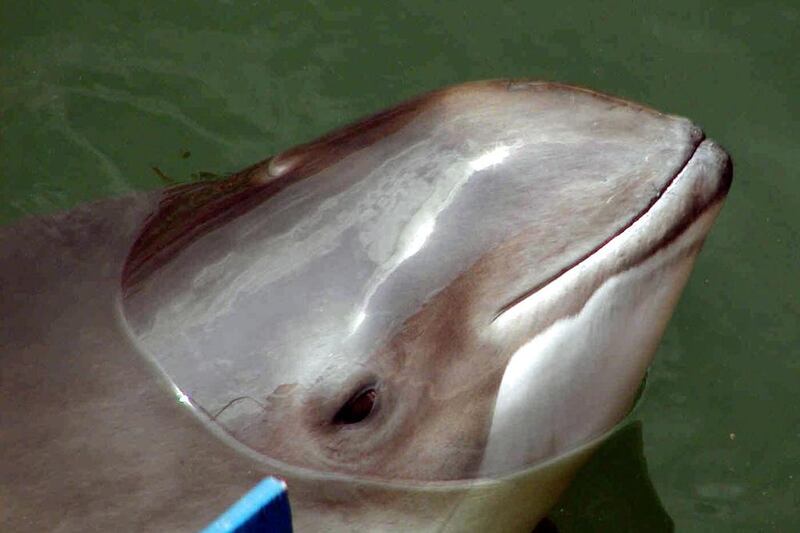The UK government has approved construction of the world’s largest offshore windfarm, providing the developer Dong Energy does not disturb porpoises off the Yorkshire coast.
The leading builder of offshore windfarms, Dong won approval from the business and energy secretary Greg Clark to build the 1.8 gigawatt Hornsea Project Two, which will require investment of about £6 billion (Dh28.53bn).
Harbour porpoises are particularly sensitive to underwater noise from offshore wind construction, according to Rebecca Williams, a climate and energy specialist for the WWF. She said she was satisfied that the impact on porpoises at the proposed Hornsea Two project had been thoroughly examined before the decision was made. Mr Clark said the licence should only be granted if construction and piling is done in seasons with the least impact.
“Britain is a global leader in offshore wind, and we’re determined to be one of the leading destinations for investment in renewable energy, which means jobs and economic growth right across the country,” Mr Clark said on the department’s website on Tuesday.
The project is expected to be the largest of its kind once it is built, surpassing Dong’s 1.2GW Hornsea Project One, which reached financial close earlier this year. When complete it could ultimately have more than 600 turbines spread across an area of the North Sea more than twice the size of London.
The government delayed its decision on Hornsea Project Two from June, giving extra time to examine the impact the project may have on harbor porpoise populations. Earlier this year, the department for environment food and rural affairs proposed a large area of the southern North Sea for protection from development. The zone overlaps with several large-scale offshore wind projects in planning or development, including Hornsea Project Two.
“We welcome that additional conditions were placed on the developer to ensure that there are no adverse effects on the site integrity for harbour porpoises,” Ms Williams said. “This shows that effectively managed Marine Protection Areas are good for renewables and nature.”
In order to reach financial close on the project, Dong Energy must now secure a contract for difference (CfD) from the government through an auction process. The company may have to split the project in bidding given its vast size and the government’s limited budget, said Tom Harries, an analyst at Bloomberg New Energy Finance in London.
“By obtaining a permit Dong has jumped the lowest hurdle in building Hornsea 2, but the bigger hurdle will be securing a subsidy,” Mr Harries said. “The lack of transparency and details on future CfD rounds means Dong will have to sit and wait to see if there is room for this huge offshore wind farm in future CfD budgets.”
Wind power (onshore and offshore) made up about 11 per cent of Britain’s electricity production in 2015, up from 9.5 per cent the year before.
Dong, which floated on the on the Copenhagen stock exchange this year valued at US$15 billion, also has plans for Hornsea Three. If all three Hornsea windfarms were to be built they could produce as much as 4GW of electricity, Dong said
business@thenational.ae
Follow The National's Business section on Twitter





